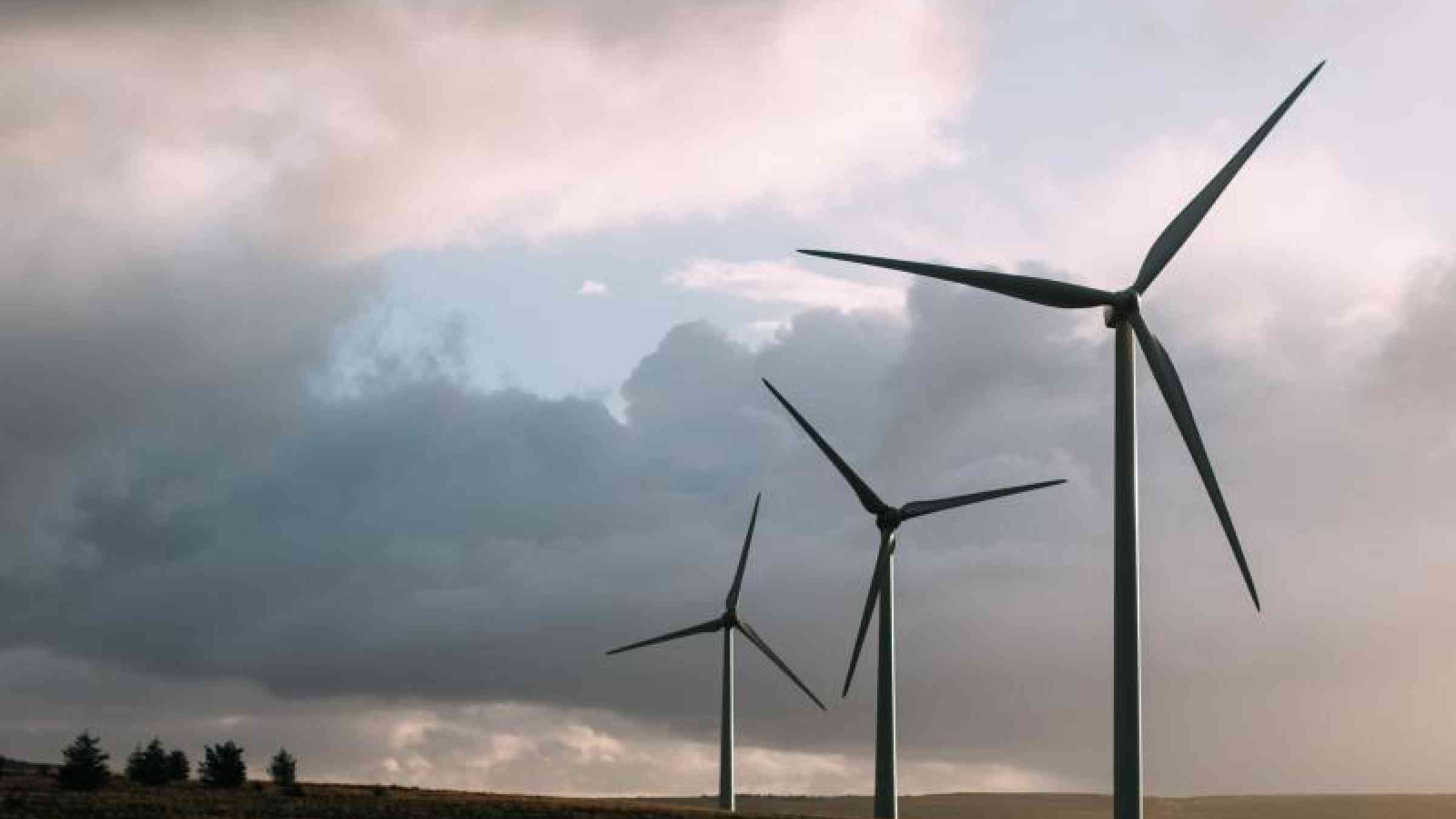Europe: A novel forecasting tool helps experts prepare for extreme weather

EU-funded researchers have launched an online tool that can offer reliable weather forecasts for the renewable energy production industry. Other sectors get to benefit, too.
There is mounting evidence that climate change is increasing the risk and severity of extreme weather events around the world. As floods, heatwaves, droughts and storms become fiercer and more frequent, it’s increasingly imperative to find tools that will help us adapt to the changes happening to the Earth’s climate.
In June 2019, the EU-funded S2S4E project launched just such a tool that can help emergency planners and weather-dependent industries prepare for extreme weather events. Called S2S4E Decision Support Tool (DST), it’s a novel online climate service that combines sub-seasonal to seasonal climate predictions with renewable energy production and electricity demand. Through the DST, the project intends to offer more reliable and usable forecasts for weather-dependent hydropower, solar and wind production.
Climate change “is happening now, with new heat and precipitation records being hit all the time,” says Albert Soret of project coordinator Barcelona Supercomputing Center in a news item posted on ‘HPCwire’. “Current methodologies that look into the past do not account for this climate variability, but our sub-seasonal and seasonal forecasts do,” explains Soret.
A look at the forecasting tool
The DST generates tailored climate information through energy indicators derived from climate variables such as wind speed, solar radiation, precipitation, temperature and sea-level pressure. These indicators provide information on expected variability in hydropower, solar and wind generation, as well as electricity demand in the future. Weekly forecasts from sub-seasonal climate predictions are provided for the following 4 calendar weeks as weekly averages, whereas monthly forecasts for seasonal climate predictions are issued for the next 3 months as monthly averages. “The DST is the first real attempt at putting state-of-the-art knowledge from climate research into an operational service tailored for the energy market,” states Soret.
Not only for energy experts
Although developed for the energy industry, the DST can also prove useful in other fields, such as emergency planning, insurance and farming. “The wine sector is a clear example. Knowing well in advance if a season is going to be particularly dry or wet can make a difference for wine producers when they decide how to trim their grape vines in order to protect them from the rain or the sun, and when making decisions on how much fertilisers to use,” says knowledge transfer expert Isadora Jiménez of the Barcelona Supercomputing Center.
The DST will be free to use until late 2020. During this time, S2S4E (Sub-seasonal to Seasonal climate forecasting for Energy) will be analysing the tool’s impact on a weekly basis to ensure the quality of its forecasts. The project team also intends to hold monthly webinars explaining the forecasts and answering queries. The S2S4E partners are currently inviting interested professionals from energy companies to test the tool with them.